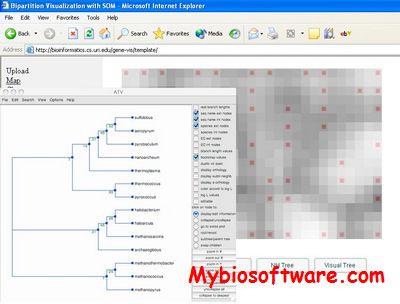Exalign 1.0
:: DESCRIPTION
Exalign is a tool that performs alignments of gene exonic structures. In particular it works by aligning arrays representing the exon lengths of genes. While the aligning algorithms used by Exalign are the well known Smith-Waterman and Needleman-Wunsch ones (with a suitable scoring function), the program performs a post-processing step that tries to identify intron gain/loss events (see sections about exon merging).
::DEVELOPER
Bioinformatics Evolution @nd COmparative geNomics lab
:: SCREENSHOTS
N/A
:: REQUIREMENTS
- Linux / MacOsX
- C++ Complier
:: DOWNLOAD
:: MORE INFORMATION
Citation:
Pavesi G, Zambelli F, Caggese C, Pesole G.
Exalign: a new method for comparative analysis of exon-intron gene structures.
Nucleic Acids Res. 2008 May;36(8):e47. Epub 2008 Apr 8.
